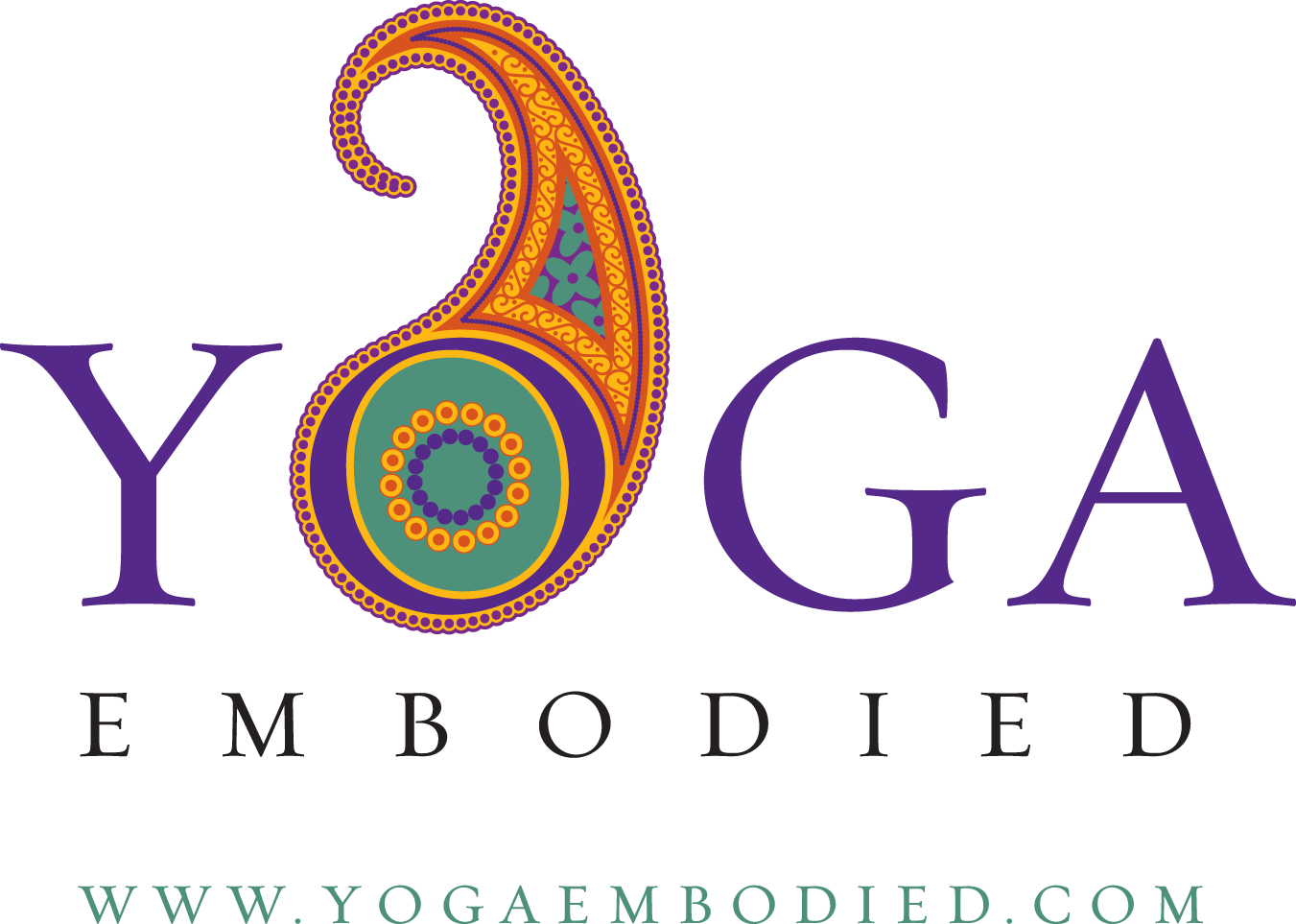Ashwagandha – a balancing herb
A balancing herb
Ashwagandha is one of the most popular ayurvedic herbs both traditionally as well as here in the Western world. For good reasons.
This herb is an adaptogen: It helps us increase our resistance to stress and restore balance again. Often Ashwagandha is referred to as the Indian Ginseng for this reason. Herbs used when feeling stressed, anxious, burned out or overwhelmed.
Adaptogens are excellent for today’s lifestyle where so many of us feel stressed and burned-out. In ayurveda we use the concept of Rasayana for rejuvenation: Herbs or practises we use to rejuvenate, nurture and nourish. And Ashwagandha is one of the herbs we would use as a Rasayana. But ashwaghandha is not only rejuvenating it is also increasing our ojas – our juices and immunity.
In Ayurveda it is said to support the following dhatus, or tissues of the body: muscle, fat, bone, bone marrow, nerves and reproductive system.
Anti stress
The indications for using Ashwagandha are many. Especially since stress can be a causative factor for so many ailments. The ayurvedic actions for this herbs include: Visaya (increases sexual potency), Balya (increases strength), Medhya (promotes the intellect/mind), Nidrajanana (promotes sleep), Sukrala (increases sperm production), Sothahara (prevents consumption), Svasa (benefits breathing), thyroid issues and reduces kapha and vata. (Referenced from Sebastian Pole’s excellent Ayurvedic Medicine book)
Virility and Sexual Health
It is often used for any time we may feel stressed and exhausted. Or perhaps recovering from illness. Traditionally it has been used for reproductive health. For sperm quality, virility and sexual health – Ashwagandha means the ’smell of the horse’ and perhaps there is a relation between the stamina of the stallion and the effect of the herb!
In classical use it has been used during pregnancy to strengthen the mother and unborn child and it is thought to be a tonic to the uterine muscles.
Many modern herbalists and ayurvedic practitioners however are very careful with herbal administration during the pre- and postnatal period. Simply because of lack of scientific studies confirming that there are no side effects. Please note there has been some animal studies suggesting high doses can be abortificiant – others claiming to be safe. (Always check with your medical health provider and ayurvedic practitioner)
How to take it
You can find ashwaghanda as dried powder or roots you can mix in warm milk/ghee or tea to take internally. As capsules or tablets. Or as a tincture. Ayurveda often recommends to take herbs with a anupan, carrier, such as milk, ghee or even with food. This way herbs are part of your diet and nutrients. Always ask for professional advice though before taking any herbs.
